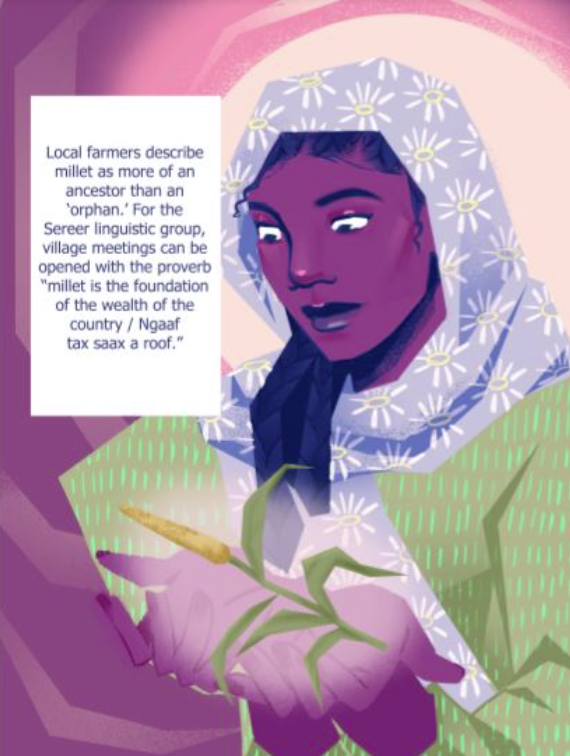Norris Center Art-Science Residency Complete Projects 2021
Migration Patterns and Habitats of the Green Sturgeon in Northern California
By Jonathon Myers (DMA Graduate Student), Anya Chytrowski (Undergraduate Art) and Allison Cramer (Postdoc Long Marine Lab).
As Californians, we share our home with a wide variety of species, most of which we will never see. Many of these species are adapted to a life in an ecosystem which has been dramatically changed by human activities. For aquatic species such as fish, our understanding of their ecology is gained through labor intensive sampling such as tracking their movements using acoustic tags. Our residency project focused on following Green Sturgeon, Acipenser medirostris, as they move from the sea to their spawning grounds in the upper Sacramento river. This ancient and threatened fish is not widely known, and these underwater giants travel through surprisingly urban and altered environments. This project highlights the unique lifestyle of these fish and shows people a glimpse of what lies just below the water’s surface.
This collaboration between scientists and artists throughout this residency emphasizes the ability of art to create a sense of place and connect viewers with those different from themselves. The animations and soundscapes within this project express the sense of the calm Sacramento Delta and the busy San Francisco Bay. As a scientist, I was very impressed at how evocative the resulting collaboration was; I interact with these fish primarily through their tagging data points, and through watching the final videos I felt immediately more connected to my rare study species. Through this art collaboration I was better able to center the whole animal.
Explore this interactive artwork here.
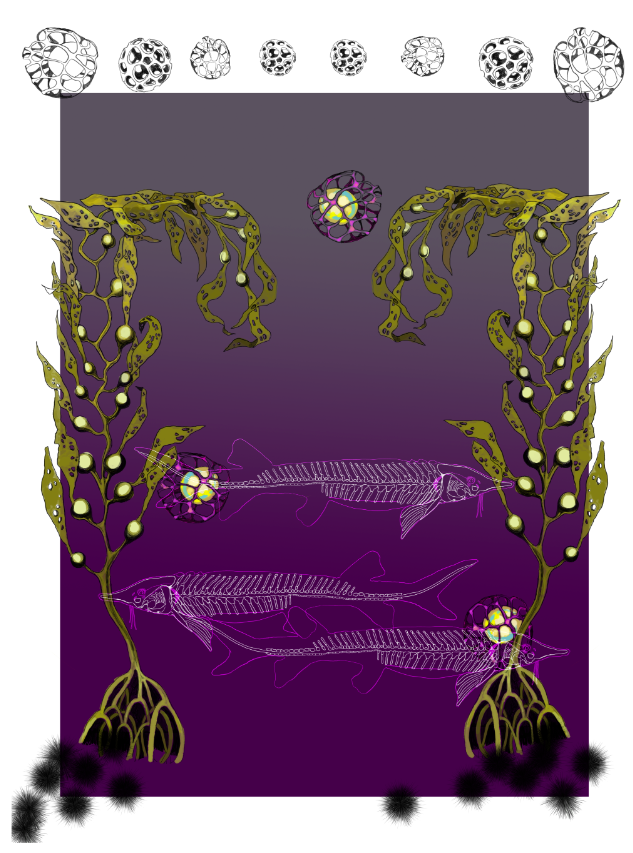
Trapped in Time: The Unfading Life History of an Elephant Seal
By Sarah Gutierrez (Undergraduate in Marine Biology) and Ana Valenzuela Toro (PhD Candidate, Ecology and Evolutionary Biology).
Taphonomy is a discipline that addresses the processes that occur between the death of organisms and their eventual fossilization, providing critical information for interpreting the fossil record. Among marine mammals, pinnipeds (seals, fur seals, sea lions) have an amphibious lifestyle, meaning that they depend on water for foraging and land for breeding and nursing. Due to this dual lifestyle, these animals are exposed to unique taphonomic processes, depending on where they die - at sea or on land - that will influence how their remains preserve and eventually fossilize. Paleobiologist and doctoral student Ana Valenzuela Toro collaborated with Ecology and Evolutionary Biology undergraduate Sarah Gutierrez to create animations depicting the taphonomic history of northern elephant seals based on observations and photographs recorded by Ms. Valenzuela Toro at Año Nuevo Reserve during the last several years. This residency allowed us to link science and art to conceptualize better the dynamic nature of the taphonomic process, conceive potential fossilization scenarios and explore more creative ways to communicate this research for both scientific and more general audiences.
Watch the animation here
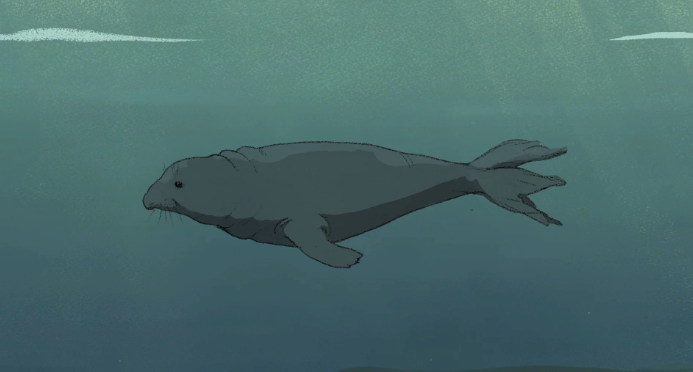
Visualization of elephant seal diving patterns
By: Patrick W. Robinson (Manager, Año Nuevo Natural Reserve), and Danielle Dube (UCSC Undergraduate)
Over the past 15 years, researchers working at Año Nuevo Reserve have instrumented hundreds of northern elephant seals with biologging devices to record a wealth of information about their elusive at-sea foraging behavior. We have learned that the seals are among the deepest diving animals on the planet and travel thousands of kilometers into the middle of the north Pacific for up to 8 months at a time - diving continuously! This research has led to dozens of peer-reviewed scientific studies focused on topics as diverse as muscle physiology, sleep behavior, development of diving, navigation, persistent organic pollutants, and many more.
The elephant seal research at Año Nuevo Reserve is particularly visible to the public with nearly 100,000 visitors per year. One of our most effective outreach strategies has been an installation of two video screens in the public education center to highlight the research findings to the public visitors. These screens display a variety of images and scientific figures. Our goal is to enhance this display and generate additional outreach material by creating 'infographics' that highlight several of the research projects using engaging imagery combined with scientifically accurate information. Danielle created a diverse array of digital paintings that highlight the functions of different dive types, the biologging instruments we use to study at-sea foraging behavior, and their feeding environments. To create these digital paintings, Danielle worked with several researchers to ensure the imagery was both compelling and scientifically accurate. The digital paintings will be incorporated into a diverse array of projects including: the Año Nuevo Marine Education Center UC Santa Cruz research display, social media posts, docent training, public seminars, scientific presentations, and potentially peer-reviewed journal articles.

Ethnobotany of the Amah Mutsun
By Linnea Gullikson (Undergraduate Ecology and Evolutionary Biology), Valentin Lopez (Chairman of the Amah Mutsun Tribal Band) and Rick Flores (Director of Horticulture and Steward of the Amah Mutsun Relearning Program (AMRP) at the UC Santa Cruz Arboretum.
This collaboration builds on an existing ethnobotany project through the Amah Mutsun Land Trust (AMLT). Ethnobotany is the study of the traditional knowledge of people and the medicinal and cultural uses of plants. Together with the AMLT and the UC Santa Cruz Arboretum, they have created an ethnobotanical guide booklet sharing Amah Mutsun indigenous uses and knowledge of a selection of local native plants. The book publication will launch in 2022.

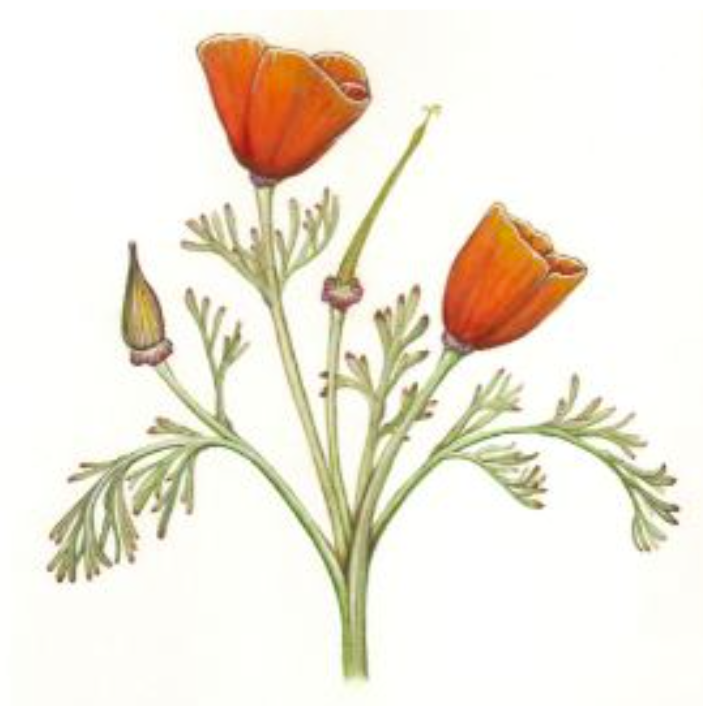
The LA River Project
By Juniper Harrower (Director Art+Science at the Norris Center), Natasha Hinojosa (PhD Student, Ecology and Evolutionary Biology), Rachel Meyer (Professor of Ecology and Evolutionary Biology), Open Lab at UC Santa Cruz and numerous other partners and collaborators.
The California Environmental DNA program (CALeDNA) is a UC-wide community science and research collaboration platform where together we try to understand biodiversity patterns we detect from DNA in soil, sediment, and water. We have had over 1500 people participate in bioblitzes to natural reserves, and are now holding virtual events to help people engage with nature and with data. Sharing art and creative new ways to visualize data are key catalysts to help our diverse community of students, members of the public, postdocs, and professors, recognize each other's perspectives and take action on certain discoveries.The Los Angeles River Project is a collaboration and partnership with stakeholders in non-profit conservation and research (e.g. LA Waterkeeper, LA Natural History Museum, Heal the Bay), and government or municipal agencies (e.g. LA Sanitation), and artists (Norris Center artists Juniper Harrower and Natasha Hinojosa, jeweler Savannah Hunter, OpenLab, and Metabolic Studios). Through this work we collected environmental DNA samples from the LA River three times in a year, inventoried the biodiversity, and shared results with the partners and the public in creative ways. Through workshops, we ideated what is needed to help partners start to use DNA information in their management of ecological systems. https://www.protectingourriver.org/
Inspired by the eDNA results and after meeting and interviewing numerous stakeholders, artists created a necklace with organisms embedded in amber, concrete from the river channel, and steel beads used in DNA extraction.This work references the preservation of specimens for the future and the need to catalogue and preserve species DNA given the high rates of species loss. It also provides a nice platform to talk about future de-extinction and rewilding, and also the human/organism entanglements of these chosen species and the river. The necklace is accompanied with scanning electron imagery of the organisms to use another lens to better understand their form and function as well as hand carved wooden illustrations of the species for use in printmaking and public outreach.
*(This project will continue for another few months. We spent many months doing interviews. Necklace is currently being fabricated by designer/jeweler Savannah Hunter)

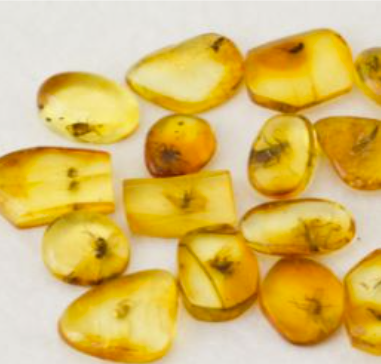
‘Orphan’ crops for whom? Biofortified millet in Senegal
By Milagros Rivera (Undergraduate Art) and Halie Kampman (PhD Student in Environmental Studies)
This digital illustration tells the story of millet, a staple cereal in Senegal. Using a comic-book style of illustrated panels with text captions, it follows new and contentious developments in millet breeding. The goal of the digital illustration is to bring the characters and themes alive, to translate complex agronomy and social theory to a wide audience.
Millet originated in the region of present-day Senegal and has long been a staple food. In recent years, international agricultural research organizations introduced “biofortified varieties”, which are conventionally bred for boosted levels of micronutrients. However, early results expose a fundamental paradox: biofortified varieties fail to outperform local ones. So the story describes how biofortification came to be, exposing how historical persistence of presumptions of African passivity and paucity justified new research agendas targeted to “improve” millet. The digital story depicts interviews with local farmers, scientists and managers, ultimately encouraging its reader to imagine other ways forward.
